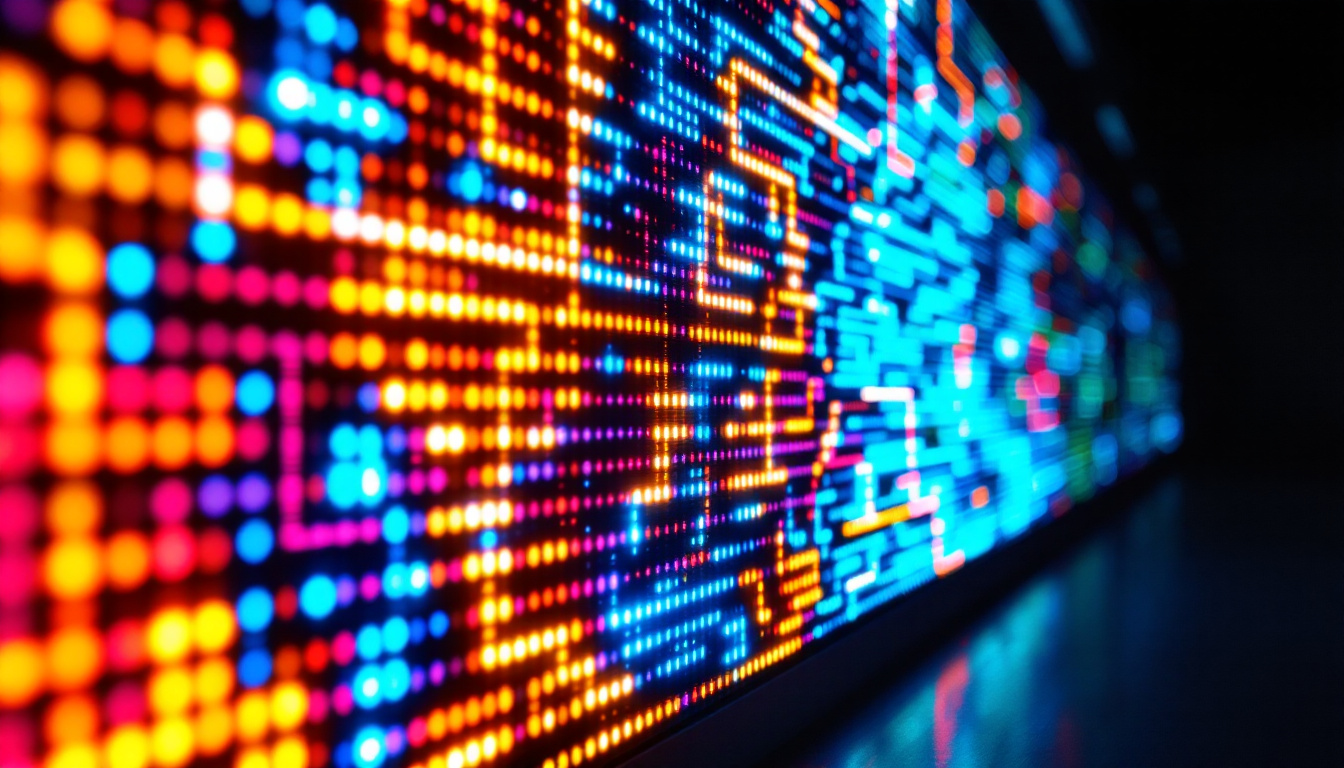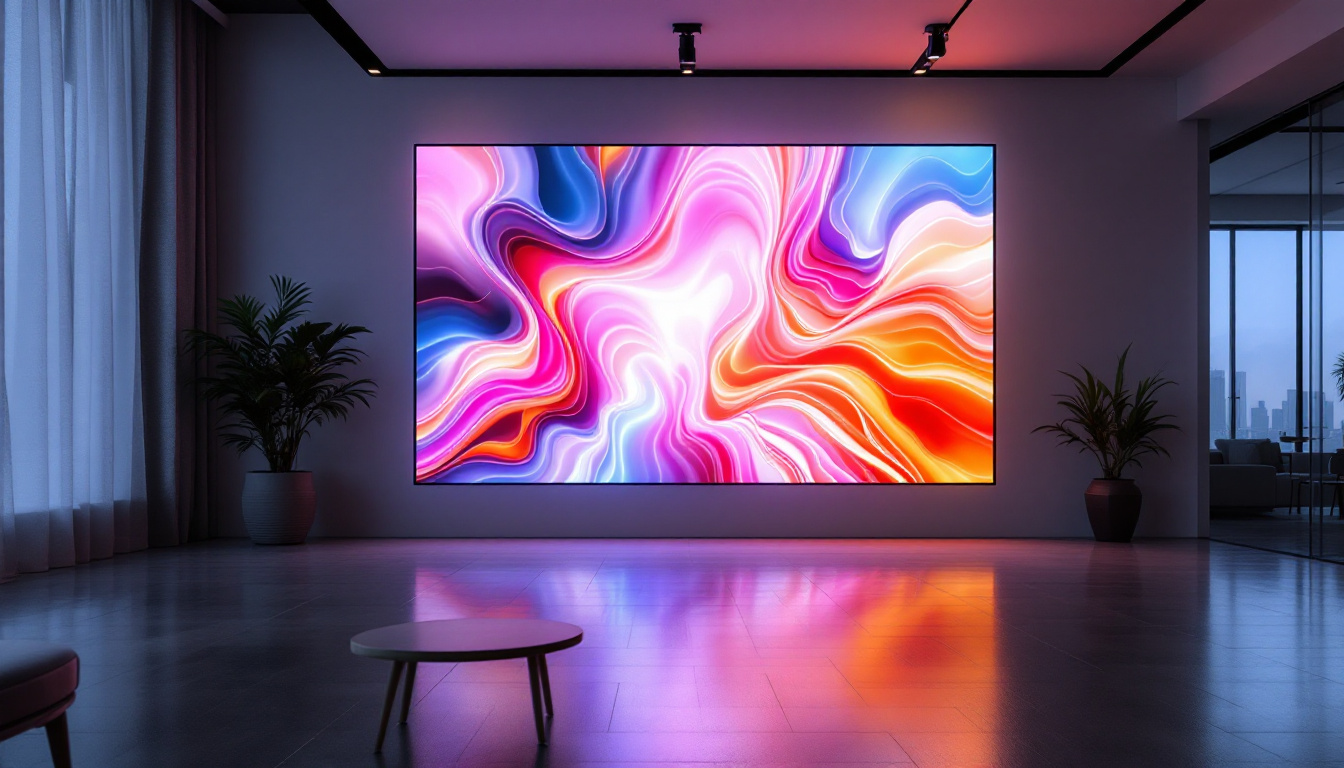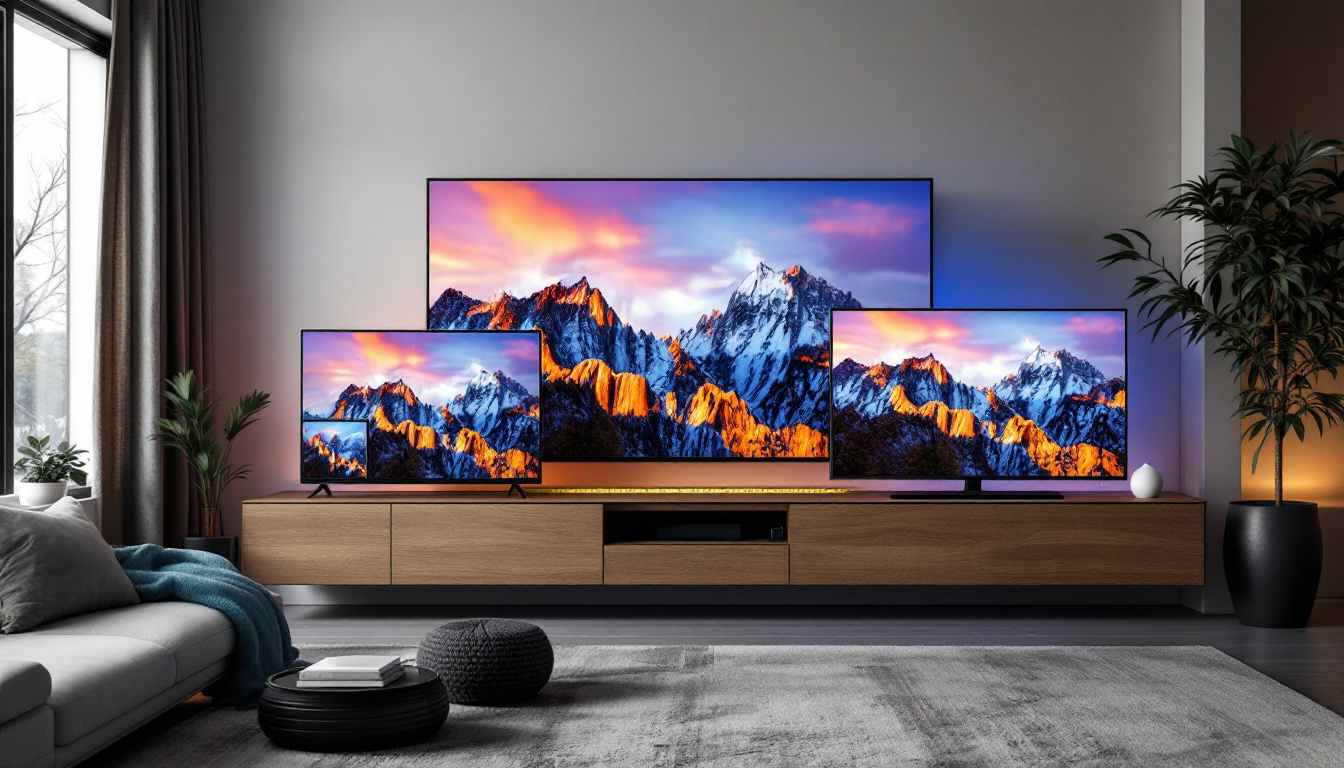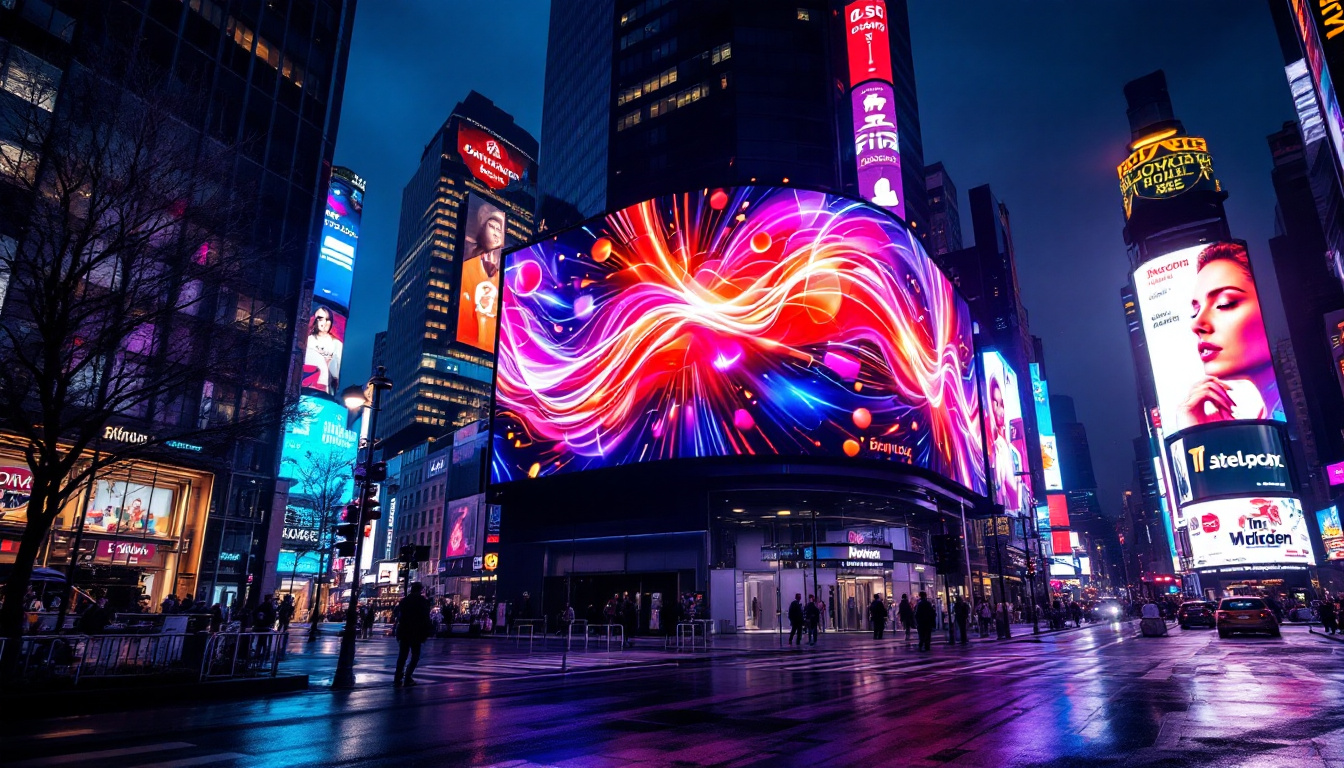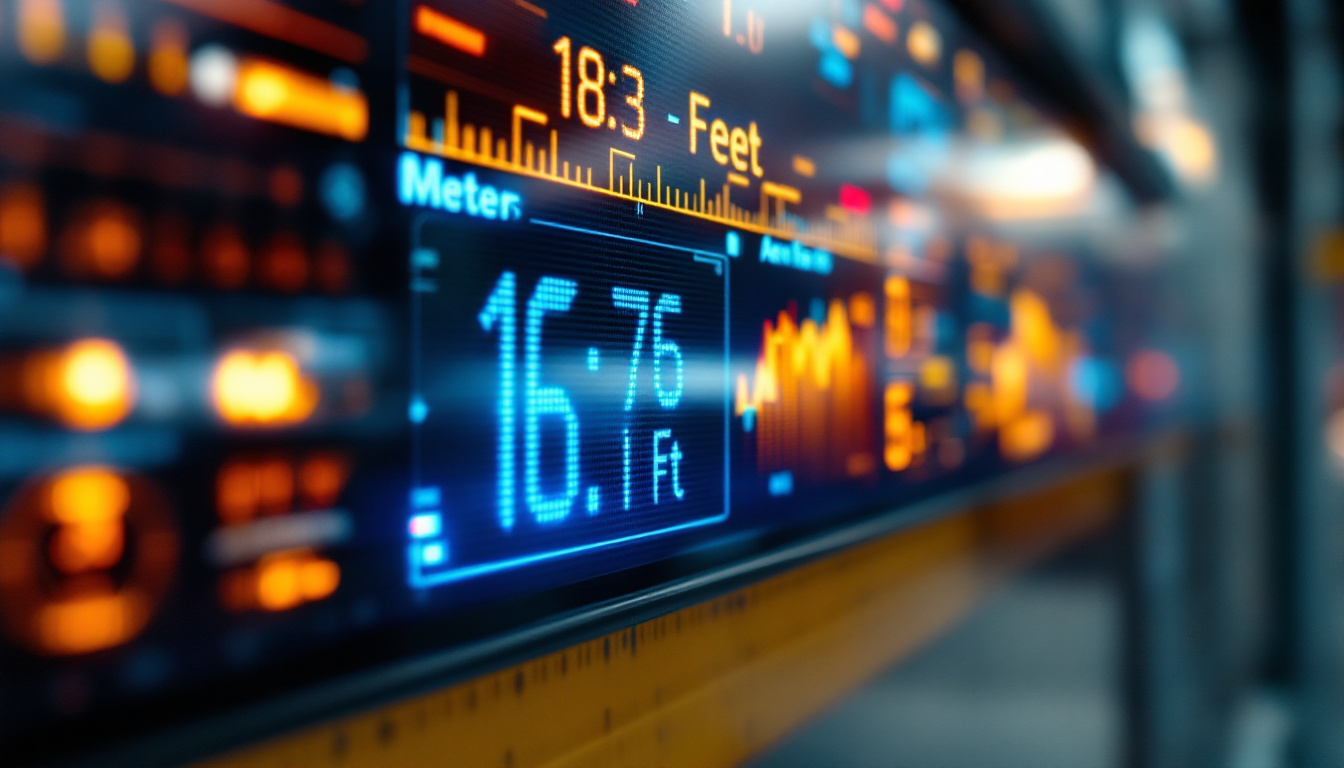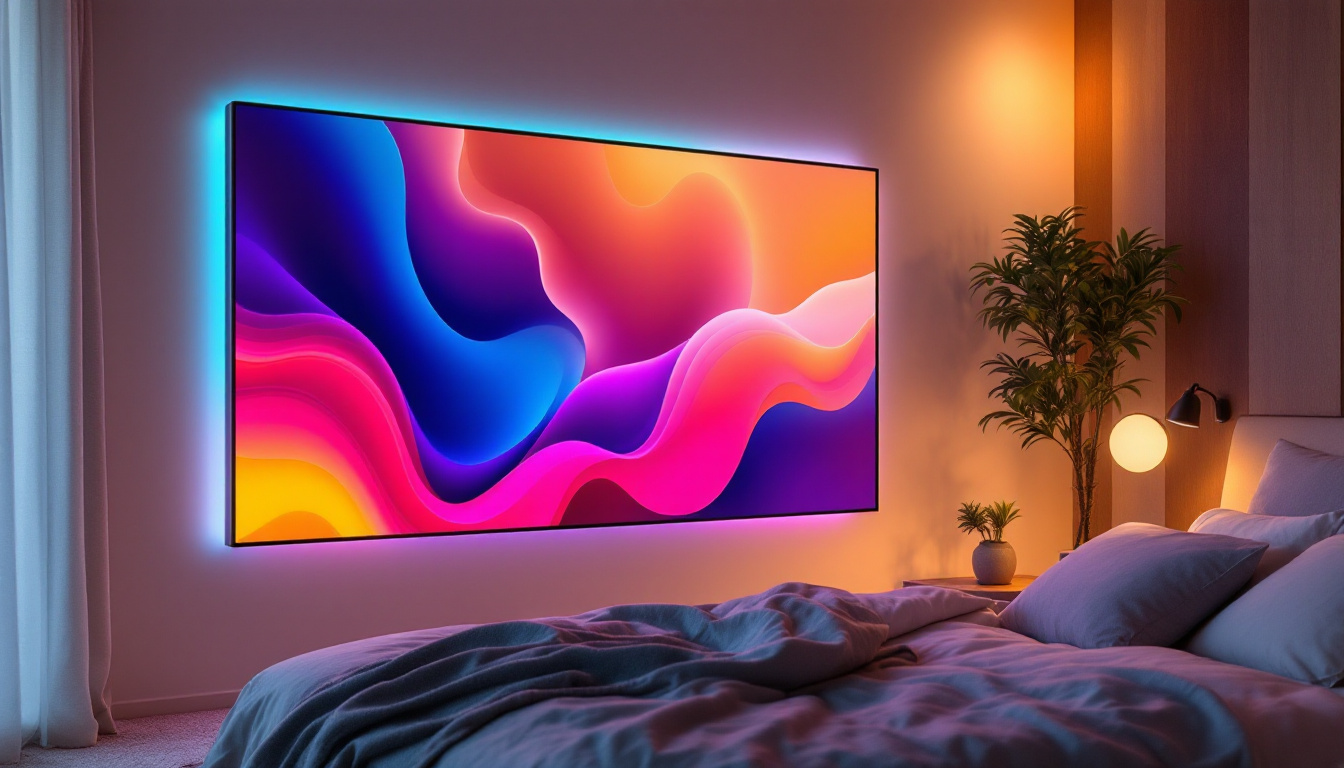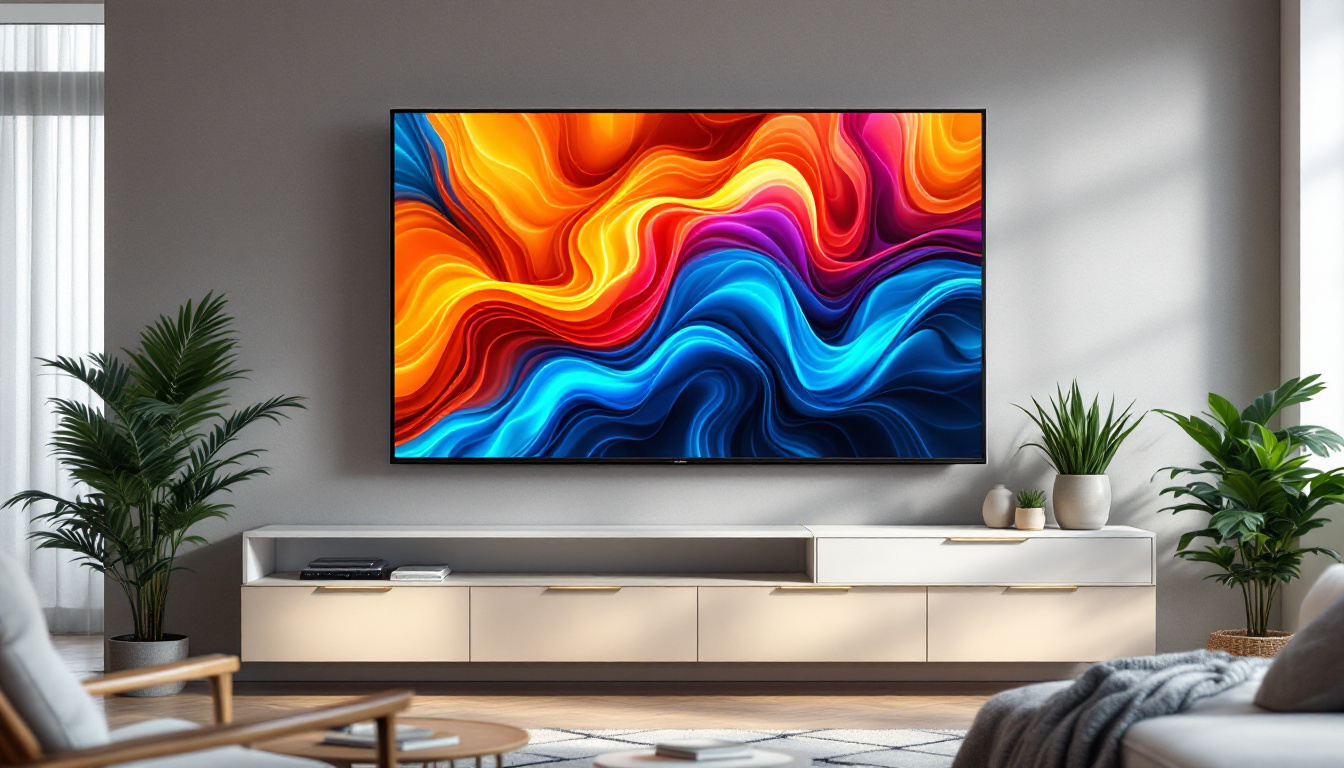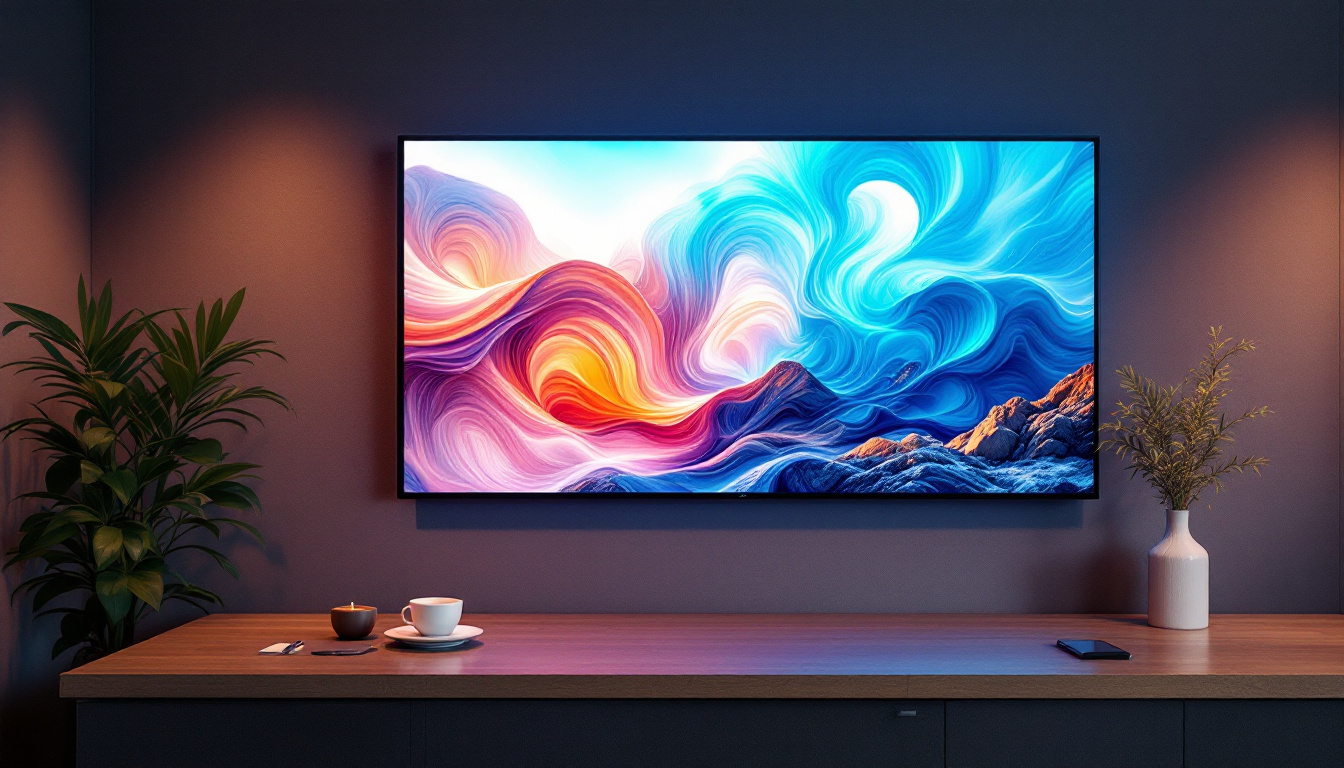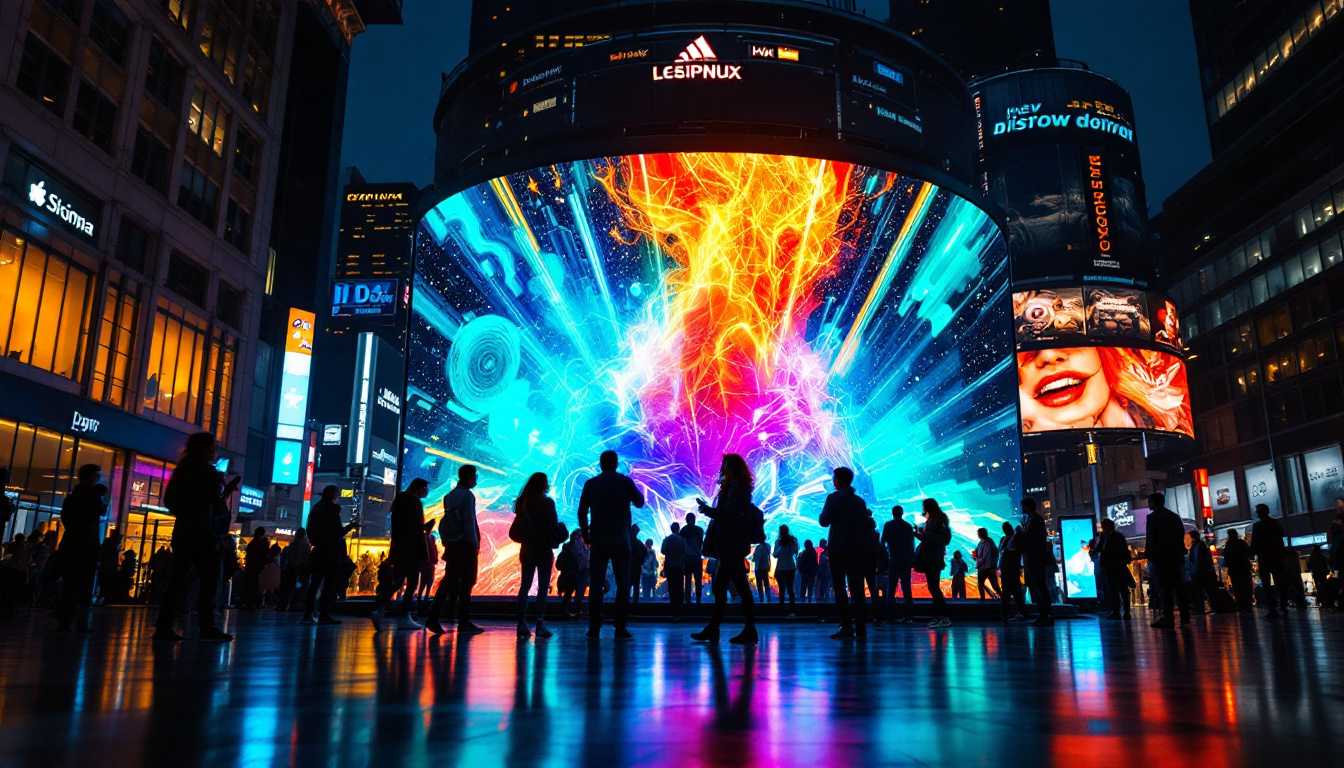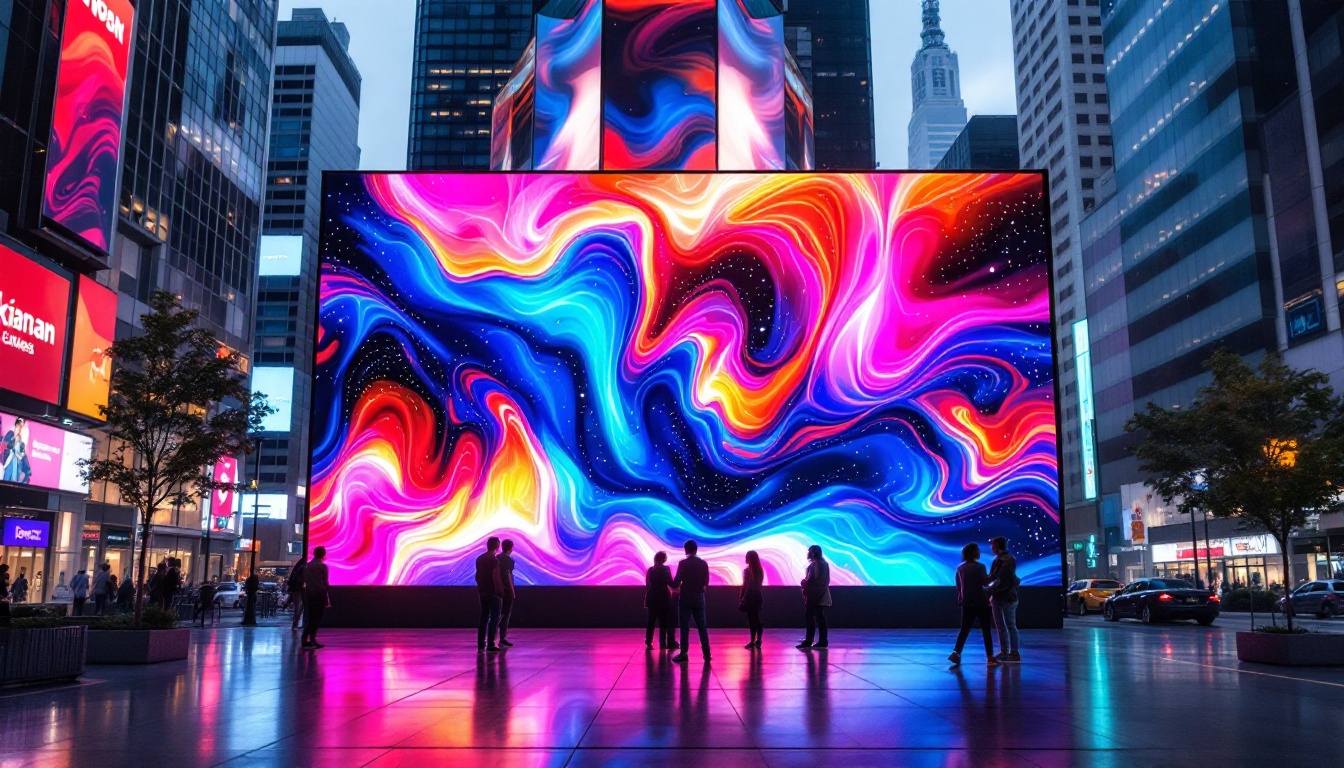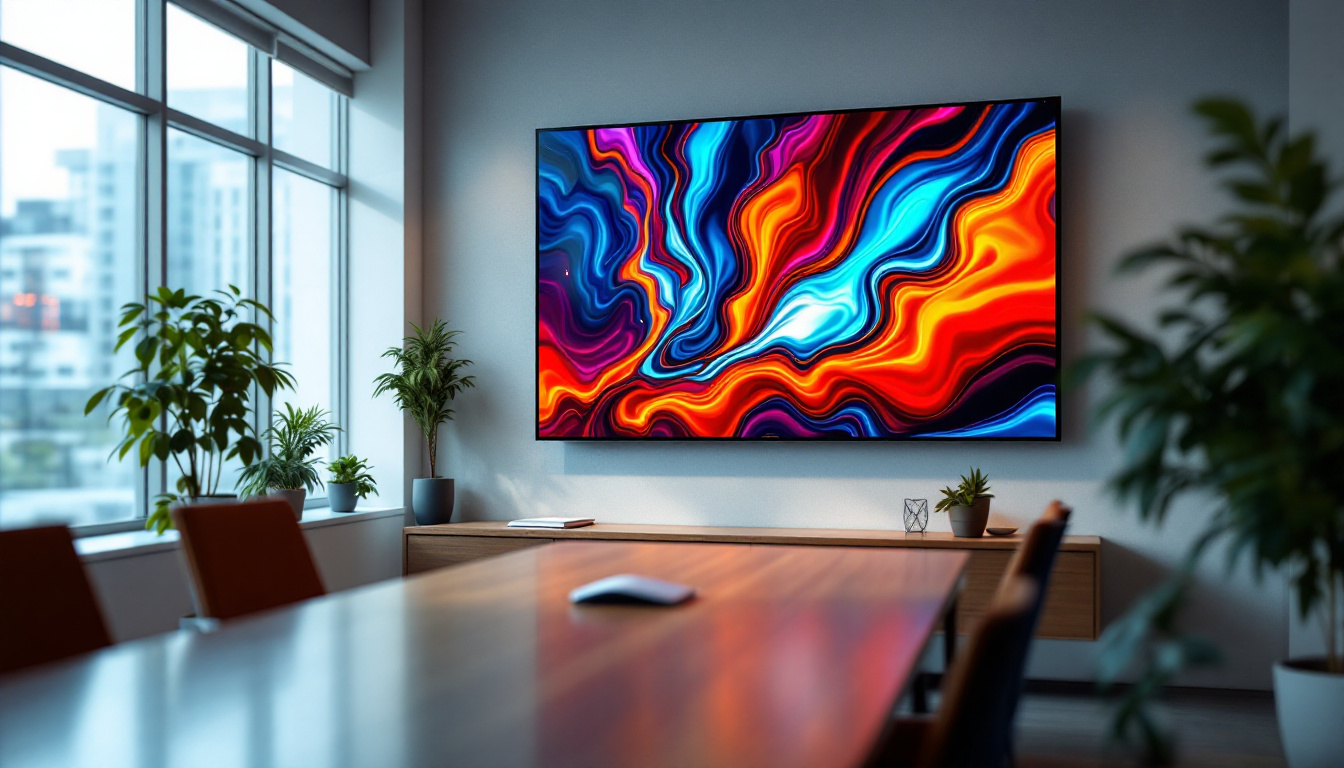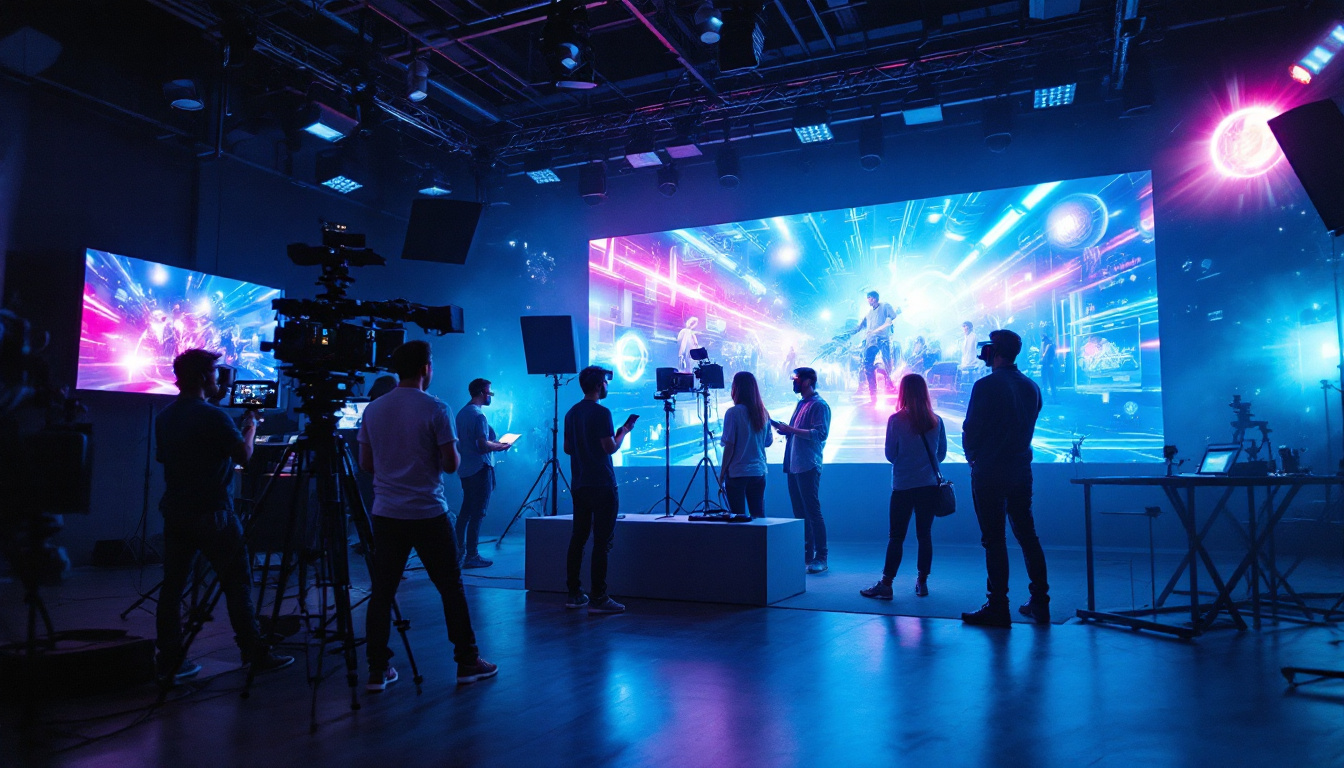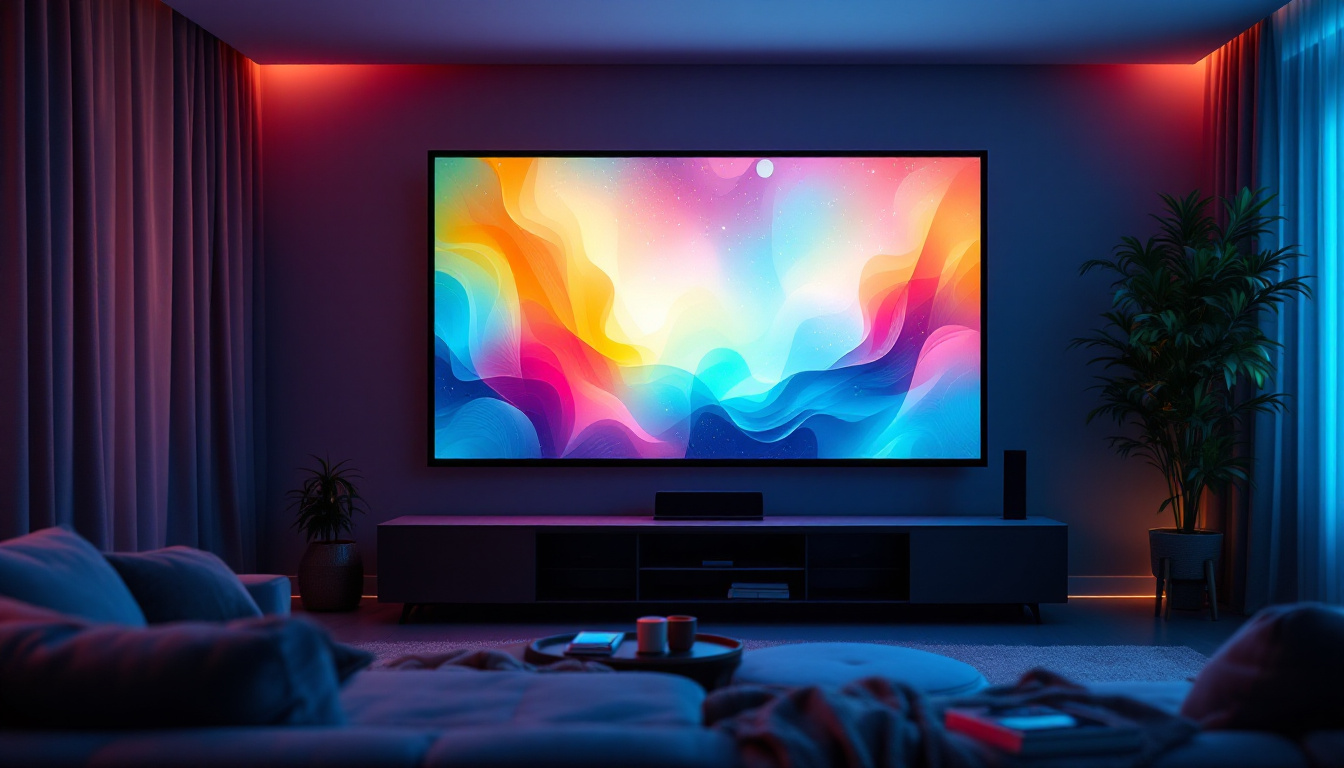In the realm of modern technology, displays play a crucial role in how information is conveyed and consumed. Among the various types of displays, electroluminescent displays (ELDs) and light-emitting diode (LED) displays stand out for their unique characteristics and applications. This article delves into the intricacies of electroluminescent displays, comparing them with LED displays to provide a comprehensive understanding of their functions, benefits, and limitations.
Understanding Electroluminescent Displays
Electroluminescent displays are flat panel displays that emit light in response to an electric current. The technology behind ELDs is based on the phenomenon of electroluminescence, where certain materials emit light when an electric field is applied. This principle allows for the creation of vibrant and efficient displays, making them a popular choice in various industries.
How Electroluminescent Displays Work
The core component of an electroluminescent display is the electroluminescent material, typically a phosphor that emits light when energized. The structure of an ELD generally consists of a thin layer of this phosphor sandwiched between two electrodes. When voltage is applied, electrons are injected into the phosphor layer, causing it to emit light. This process is efficient and can produce bright images with relatively low power consumption, making ELDs an attractive option for energy-conscious applications.
One of the notable features of ELDs is their ability to produce a wide range of colors. By using different phosphor materials or layering multiple phosphors, manufacturers can create displays that showcase vibrant hues and deep contrasts. This versatility makes ELDs suitable for various applications, including backlighting for LCD screens, signage, and even decorative lighting. The adaptability of ELD technology allows for creative uses in art installations and architectural lighting, where the interplay of color and light can enhance the aesthetic appeal of a space.
Applications of Electroluminescent Displays
Electroluminescent displays have found their niche in several areas due to their unique properties. They are commonly used in automotive displays, where their ability to produce bright and clear images in low-light conditions is invaluable. Additionally, ELDs are often employed in military applications, where durability and visibility are paramount. Their resilience to harsh environments and extreme temperatures makes them ideal for use in tactical equipment and aviation displays, where reliability is critical.
Another significant application of ELDs is in consumer electronics, particularly in devices that require flexible and lightweight displays. The thin profile of electroluminescent panels allows for innovative designs in smartphones, wearables, and even large-scale installations. As technology advances, the potential for ELDs continues to expand, paving the way for new and exciting applications. For instance, researchers are exploring the integration of ELDs into smart textiles, which could revolutionize fashion by allowing garments to display dynamic patterns or information. Furthermore, the development of transparent electroluminescent displays opens up possibilities for augmented reality applications, where digital information can be overlaid onto the real world, enhancing user interaction and experience.
Exploring LED Displays
Light-emitting diode displays, commonly referred to as LED displays, have gained immense popularity in recent years. Unlike ELDs, which rely on electroluminescent materials, LED displays utilize semiconductor technology to produce light. The fundamental principle behind LED displays is the electroluminescence of semiconductor materials, which emit light when an electric current passes through them.
Structure and Functionality of LED Displays
LED displays are composed of numerous tiny LED elements arranged in a grid. Each LED can emit light in various colors, allowing for the creation of full-color images. The most common configuration is the RGB (red, green, blue) model, where different combinations of these three colors can produce a wide spectrum of colors.
The functionality of LED displays is enhanced by their ability to be dimmed or brightened individually. This feature enables dynamic contrast and improved energy efficiency, making LED displays suitable for a variety of environments, from bright outdoor settings to dimly lit rooms. Moreover, advancements in technology have led to the development of flexible LED displays, which can be bent or shaped to fit unconventional surfaces, opening up new possibilities for creative installations and innovative design.
Advantages of LED Displays
LED displays offer several advantages over traditional display technologies. One of the most significant benefits is their energy efficiency. LED technology consumes less power compared to older technologies like cathode ray tubes (CRTs) and fluorescent displays. This efficiency not only reduces electricity costs but also contributes to a smaller carbon footprint.
Furthermore, LED displays are known for their longevity. With a lifespan that can exceed 50,000 hours, they require less frequent replacement, making them a cost-effective choice in the long run. Additionally, LED displays provide excellent brightness and color accuracy, making them ideal for applications requiring high visual fidelity, such as digital signage, televisions, and computer monitors. The rapid response time of LEDs also allows for smooth video playback and reduces motion blur, making them particularly effective for fast-paced content like sports broadcasts and action films. As a result, the versatility of LED displays has led to their widespread adoption in various sectors, including entertainment, advertising, and even art installations, where vibrant visuals are paramount to the viewer’s experience.
Comparing Electroluminescent Displays and LED Displays
While both electroluminescent displays and LED displays have unique advantages, they also have distinct differences that make them suitable for different applications. Understanding these differences is essential for selecting the right display technology for specific needs.
Brightness and Color Performance
When it comes to brightness, LED displays generally outperform electroluminescent displays. The ability to produce high levels of brightness makes LEDs ideal for outdoor applications where visibility is crucial. However, electroluminescent displays can produce vibrant colors and are particularly effective in low-light conditions, making them suitable for specific applications like backlighting.
In terms of color performance, both technologies can achieve impressive results. However, the RGB configuration of LED displays allows for a broader color gamut and more precise color reproduction. This characteristic is particularly advantageous in industries where color accuracy is paramount, such as graphic design and photography. Furthermore, the ability of LED displays to adjust color temperature can enhance viewing experiences, allowing users to customize settings based on ambient lighting conditions or personal preferences.
Power Consumption and Efficiency
Power consumption is a critical factor in display technology, especially for portable devices. Electroluminescent displays are known for their low power consumption, which is beneficial for battery-operated devices. However, LED displays have also made significant strides in energy efficiency, with advancements in technology allowing for reduced power usage while maintaining brightness.
In general, the choice between ELDs and LED displays may depend on the specific application and the importance of power efficiency versus brightness. For example, devices requiring prolonged battery life may benefit from electroluminescent technology, while outdoor signage may necessitate the brightness of LED displays. Additionally, the longevity of the display plays a crucial role in the decision-making process. Electroluminescent displays typically offer a longer lifespan compared to traditional LED displays, making them a reliable choice for applications where durability is essential, such as in industrial settings or automotive displays. The advancements in both technologies continue to evolve, leading to innovative solutions that cater to an increasingly diverse range of user needs.
Future Trends in Display Technology
The landscape of display technology is continually evolving, with ongoing research and development aimed at enhancing the capabilities of both electroluminescent and LED displays. As consumer demands increase for higher resolution, better color accuracy, and improved energy efficiency, manufacturers are exploring innovative solutions.
Advancements in Electroluminescent Displays
Future advancements in electroluminescent displays may focus on improving their brightness and color range while maintaining their low power consumption. Researchers are investigating new phosphor materials and fabrication techniques that could enhance the performance of ELDs, making them more competitive with LED displays.
Moreover, the integration of flexible and transparent electroluminescent displays is an area of significant interest. Such innovations could lead to new applications in wearable technology, smart textiles, and even augmented reality interfaces. Imagine clothing that can display information or change patterns on demand, or windows that can transform into interactive screens, providing real-time data or entertainment without the need for additional hardware.
Innovations in LED Displays
On the other hand, LED display technology is also witnessing rapid advancements. The emergence of microLED technology, which utilizes microscopic LED elements, promises to deliver even higher resolutions and improved energy efficiency. MicroLED displays are expected to revolutionize the market by providing superior image quality without the drawbacks of traditional LCD or OLED technologies.
Additionally, developments in organic LED (OLED) technology, which combines the benefits of LED with organic compounds, are paving the way for displays that offer better contrast ratios and wider viewing angles. As these technologies mature, they are likely to dominate the display market in the coming years. Furthermore, the potential for self-emissive displays means that each pixel can turn on and off independently, leading to deeper blacks and more vibrant colors, thereby enhancing the overall viewing experience. The convergence of these technologies may also lead to hybrid displays that leverage the strengths of both OLED and microLED, creating a new standard in visual fidelity.
Conclusion
Electroluminescent displays and LED displays each offer unique advantages and capabilities, making them suitable for different applications. While ELDs excel in low-power consumption and vibrant color reproduction, LED displays are preferred for their brightness, longevity, and energy efficiency. As technology continues to advance, both types of displays are expected to evolve, providing even more options for consumers and industries alike.
Understanding the differences between these two display technologies is essential for making informed decisions regarding their use. Whether for consumer electronics, automotive applications, or innovative design projects, the choice between electroluminescent and LED displays will depend on specific needs and preferences. As the future unfolds, the possibilities for display technology are boundless, promising exciting developments in how we interact with visual information.
Discover Cutting-Edge LED Displays with LumenMatrix
Ready to elevate your visual experience with the latest in display technology? Look no further than LumenMatrix, a pioneer in LED display innovation. Our comprehensive range of solutions, including Indoor and Outdoor LED Wall Displays, Vehicle LED Displays, LED Poster Displays, LED Sports Displays, Floor LED Displays, Custom LED Displays, All-in-One LED Displays, and LED Transparent Displays, is designed to captivate your audience and amplify your message. Embrace the future of visual communication with LumenMatrix and create unforgettable impressions. Check out LumenMatrix LED Display Solutions today and see how we can transform your space with brilliance and precision.

